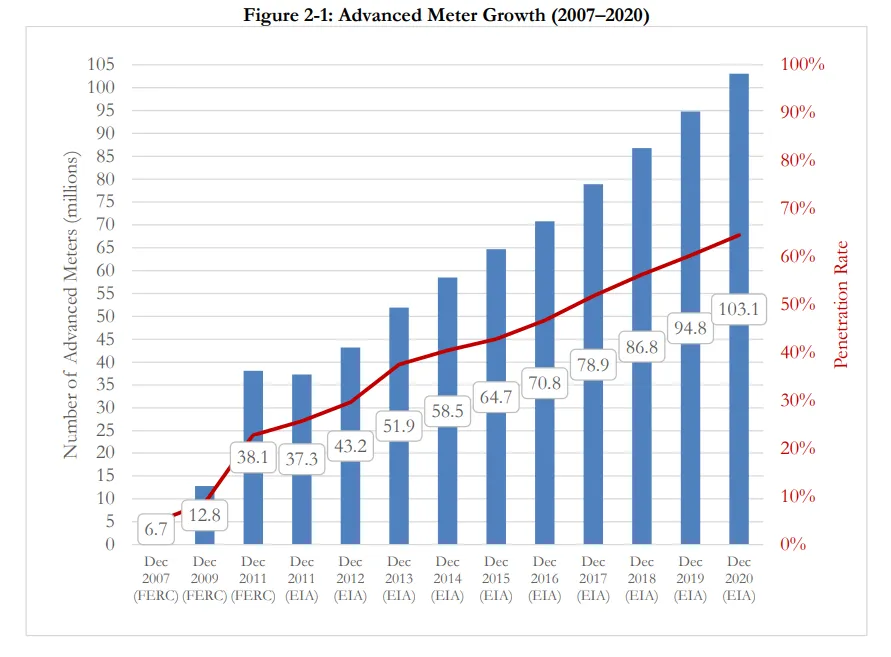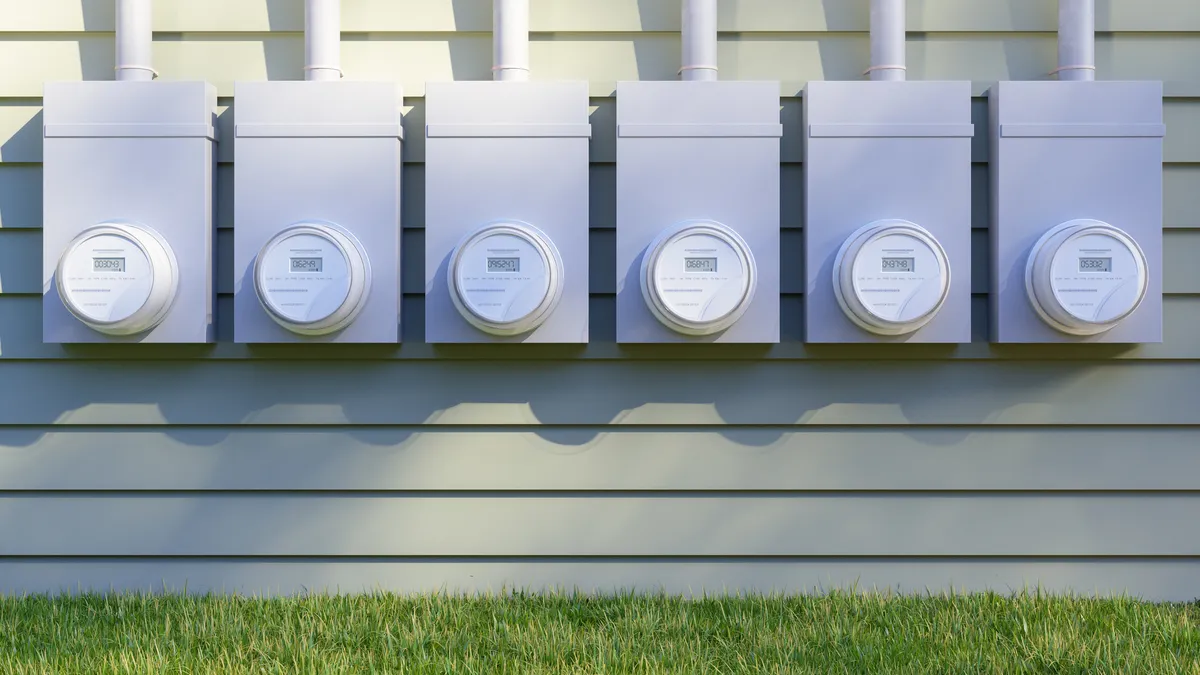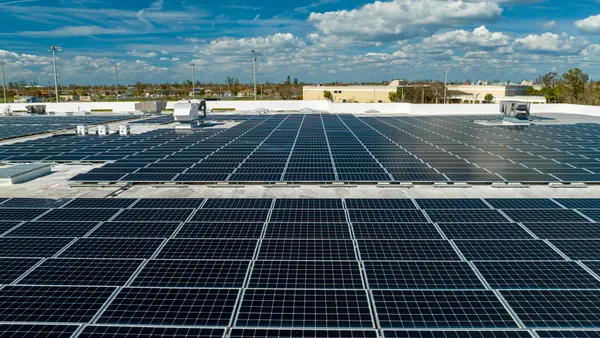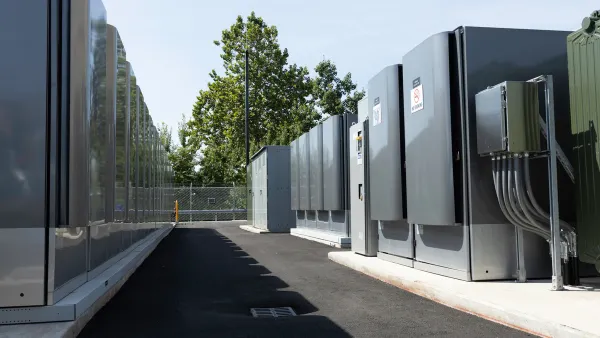The number of smart meters installed on the U.S. grid has risen consistently in recent years to reach 103.1 million in 2020, according to an assessment of the country’s demand response and advanced metering capabilities published Friday by the Federal Energy Regulatory Commission.
“This represents the fourth consecutive year that the number of advanced meters has increased by approximately 8 million,” according to the staff report.

Advanced meters in operation represent more than 64% of the 159.7 million meters in the United States, FERC said. There is some variance by census division and customer class but “estimated advanced meter penetration rates nationwide for each of the residential, commercial, and industrial customer classes were greater than
50% in 2020,” the assessment concluded.
Advanced metering is widely considered foundational to the efficient and reliable management of the electric grid, particularly as more end uses like transportation and heating and cooling are electrified.
More than 124 million smart meters are expected to be installed in the U.S. by the end of this year, according to data from the Edison Foundation’s Institute for Electric Innovation.
As smart meter proliferation has grown, so has customer enrollment in utility demand response and dynamic pricing programs, said FERC staff. And “data suggests that utilities continue to increase enrollments in programs designed to leverage advanced meter investments and customer participation in cost-saving programs.”
From 2019 to 2020, customer enrollment in retail incentive-based demand response programs increased by over 732,000 customers, or 6.7%, according to the report













